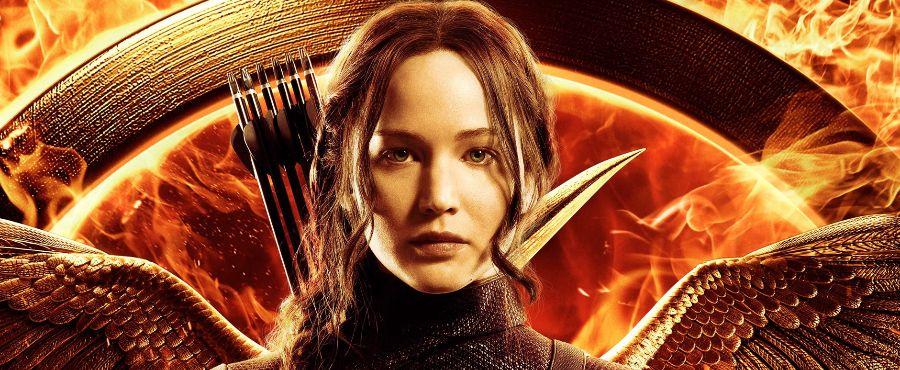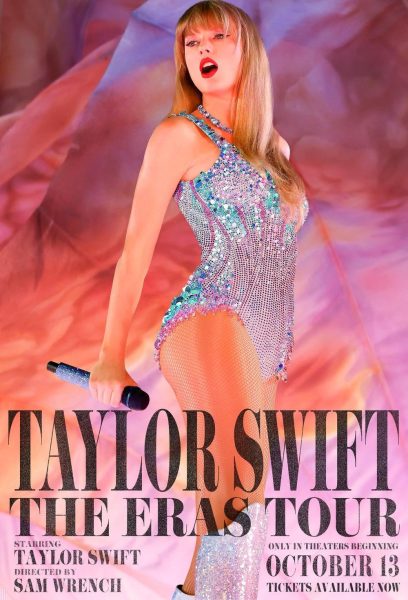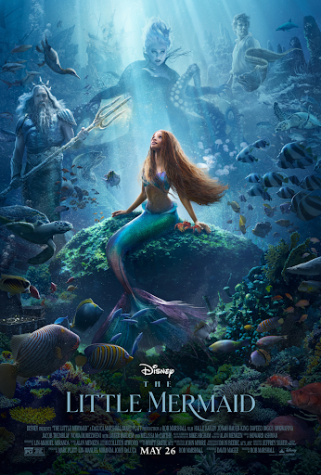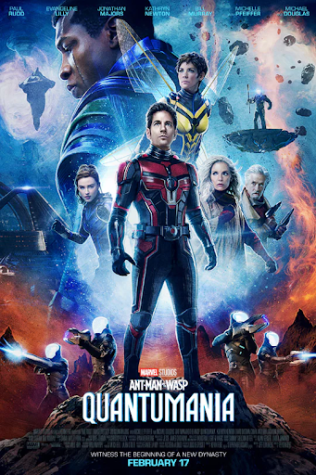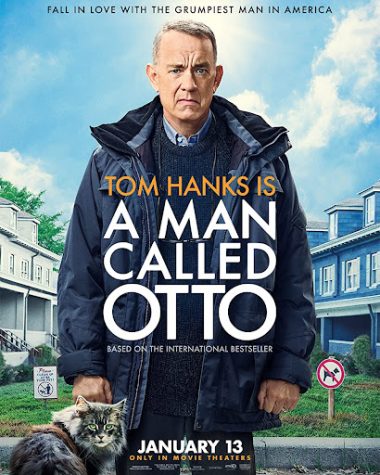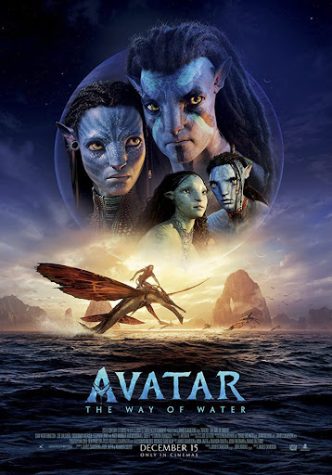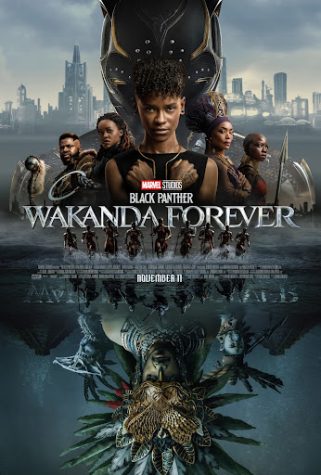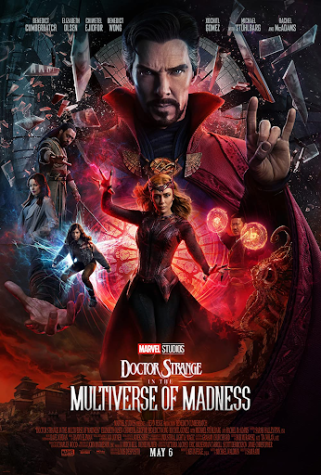Mockingjay, Part 1
December 1, 2014
Director: Francis Lawrence
123 minutes
PG-13
five stars
The widely anticipated release of Mockingjay, the third part in The Hunger Games trilogy, matched with the same heart-pounding nature as its precursors. The first film of a two-part sequel was released on Nov. 21 and gave viewers a tantalizing taste of Mockingjay, Part 2, which will be released next year on Nov. 20.
The opening of Mockingjay picks up right where Catching Fire left off after Katniss Everdeen (Jennifer Lawrence) daringly shot an arrow at the arena’s forcefield during the Third Quarter Quell (a sort of secondary Hunger Games where only the champions of past Hunger Games had to participate in). Her bold move caused a power failure which shut down the dome’s forcefield, as well as the Capitol’s surveillance. Katniss had done what no other person in any of the districts had ever come close to doing: she took away the Capitol’s power.
At the beginning of Mockingjay, the leaders of the rebellion, including Plutarch Heavensbee (Philip Seymour Hoffman), take Katniss to District 13, the district that rebelled against the Capitol in the past, and was completely destroyed because of the rebellion. However, surviving rebels who still oppose the disgustingly violent Capitol created an underground training facility hidden under the ruins of the old district. When viewers see the intensity and precision of the rebels’ plan to overthrow the Capitol, they can’t help but root them on as they pursue it.
In the rebel facility, Katniss is reunited with her mother and her sister, Prim. Although the audience can’t help but feel relieved by Katniss’s safety, her one and only concern is for Peeta (Josh Hutcherson), the boy who survived both the Hunger Games and the Third Quarter Quell with Katniss and whom she began to feel a deep love for.
Unfortunately, Peeta wasn’t saved by the rebels in the arena after Katniss blasted the forcefield with her arrow. Instead, the citizens of the Capitol captured him in an attempt to quell the rebellion Katniss had sparked in Catching Fire.
After seeing Peeta on TV warning civilians to “remain peaceful” and halt any revolution, Katniss is shocked and concerned. She is taken to District 12, her former home, where she sees the heart-wrenching remains of it. The audience quickly connects to the fiery hatred Katniss feels after seeing her home reduced to rubble and watching the Capitol manipulate Peeta.
Katniss’s anger is further ignited when she realizes the Capitol bombed District 12 and killed almost everyone living there because of their attempted uprising. She tells the rebel leader, President Alma Coin (played by Julianne Moore), that she agrees to be the “Mockingjay”—the symbol of the rebellion. Katniss’s obvious horror towards the destruction of her home district and goosebump-inducing dialogue between her and Coin perfectly portray her determination to conquer the Capitol.
Although many critics have said the movie lacks the continuous action seen in The Hunger Games and Catching Fire, there are several moments where I couldn’t help but hold my breath, especially when Katniss single-handedly addresses the Capitol. I found myself sweating, and I couldn’t peel my eyes off the screen. Yes, it’s obvious there’s not as much action in this film as in past movies of the series, but the parts that do portray action are alarmingly powerful.
The scenes that left me shaking involved Katniss screaming hair-raising threats at the Capitol, the sacrifice of everyday civilians aiding the cause and Peeta’s shocking move at the very end. I was breathless after leaving the theater, and I simply cannot wait to see part two.
Mockingjay’s greatest success is the pure, human element painted in each scene. You see a deeper connection between Katniss and the people around her, such as Effie (Elizabeth Banks), Haymitch (Woody Harrelson) and even Gale (Liam Hemsworth), the third component of Katniss’ love triangle with Peeta. She seems more emotionally connected to them, especially because of the growing, rebellious spirit that unites them all.
This movie’s horrifying relevance to our world today is uncanny. As we watch riots in places like Ferguson, Missouri, Ukraine and many other places all over the world, we realize that the dystopian, post-apocalyptic future of Panem, the nation that The Hunger Games series is set in, isn’t too far off compared to what’s occurring today.
Of course, our government is nowhere near as violent and twisted as the Panem’s Capitol, but scenes in Mockingjay, Part 1 are eerily similar to ones happening all over our world today. A few days before Mockingjay’s release, teenage Thai protesters flashed the trilogy’s symbolic, three-finger salute to Thai Prime Minister Prayut Chan-o-cha. Police and soldiers then took them away to Sri Patcharin military camp.
Unfortunately, protests like these are constantly occurring, and The Hunger Games movies are more relevant now than ever before. Let’s keep that in mind while we wait for the release of Mockingjay, Part 2 and allow these movies to bring these issues into the spotlight and motivate us to stand up and make a change where it’s needed.


